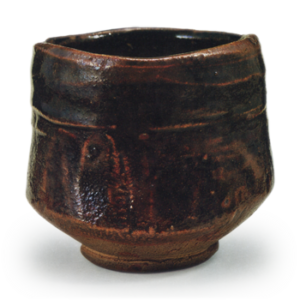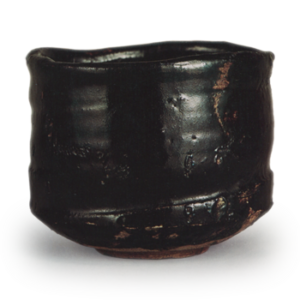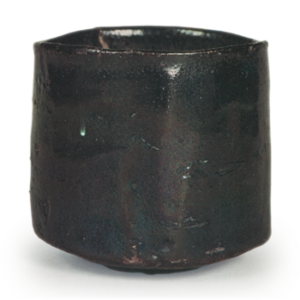The unglazed body before firing. In ceramics, however, the term “base” is used in a variety of ways, since there are so many processes involved in the production of ceramics, each stage of which is completed with several firings after forming. In other words, the term “base clay” is used to refer to the raw material clay that has undergone appropriate treatment such as refining and blending, while the term “raw base clay” is used to refer to raw, unglazed pieces, and “white base clay” to refer to white glazed pieces, which are white in color when compared to overglazed pieces. The raw materials are crushed, watered, blended, dehydrated, and stored, then kneaded and formed. If the clay is not pure white, a certain type of clay or stone slurry is applied to the surface to whiten it or to improve the color of the pigment. This is called “cosmetic clay. As for the decorative techniques used for unglazed wares, many rough ceramics before hydrofiltration contained grains of sand or other substances in the clay, and sometimes they showed strange changes such as stone haze. Some of them sometimes show strange changes such as stone haze. There are also some examples of Shigaraki ceramics with sand grains blown out of the clay. In more advanced techniques, there is a technique in which two or more colors of clay are kneaded together to produce mottled patterns, such as kneading or rubbing. In general, however, the base material is usually a single color, and the main decorative techniques include wheel throwing, carving, inlaying, and heaping up.








